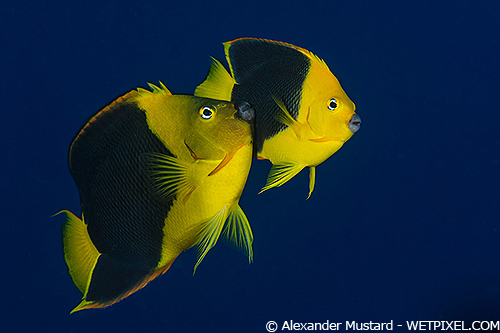Review and Field Notes: Subal ND4
Subal ND4 housing.
The Nikon D4 is a big camera and as a result housings are also large, similar in size to the Subal ND3 and ND2 that I’ve also review here on Wetpixel. Subal’s ND4 (and ND800) has an additional air gap (and two additional blanked off synch sockets) on the left side of the camera to provide space for the various connections that the D4 offers. Housing size is a disadvantage for travel, but the extra displacement means that the housing is much less negative in the water. With the camera, fisheye lens and Zen 230 dome, the housing floats slightly without strobes.
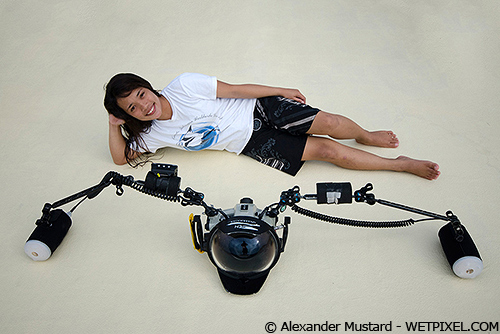
When shooting wide angle, I just use a couple of chunks of STIX foam to offset the weight of the strobe arms (and to mount my dive computer). The rig is close to neutral as shown above, in fact, like this it floats with the dome port cover on and sinks slightly with it off! For CFWA I tend to use single arm sections, rather than the doubles shown.
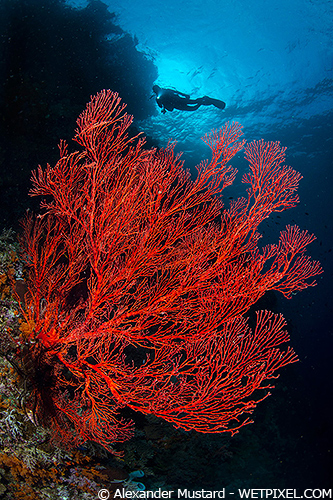
When shooting macro (without the big dome) the rig is more negative. For super macro I like this to aid stability and use single arm sections to make the rig easier to maneuver into tight spaces. Single arm sections cover most lighting options for macro, such as front lighting, side lighting and inward lighting. But for fish shooting with the 60mm or 105mm I return to the more traditional double arm sections and four STIX chunks per side, which brings the rig’s buoyancy close to neutral too. I do use double arm sections for macro shooting when I plan more extreme types of lighting, such as back lighting.
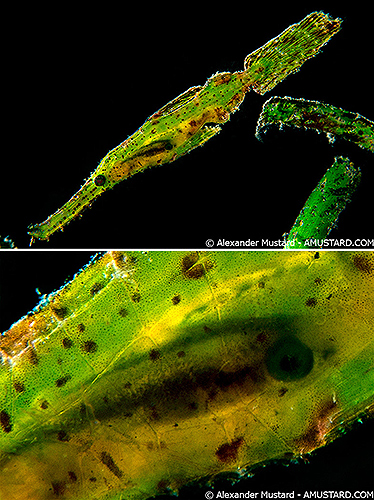
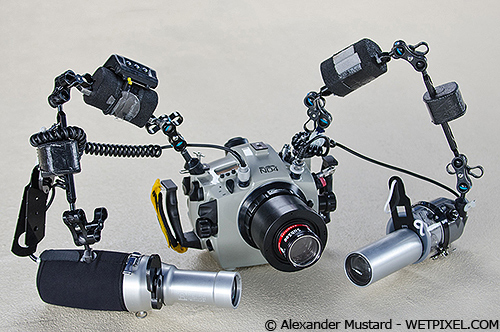
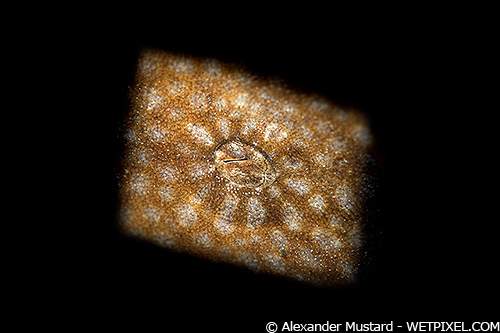
The Subal ND4 provides access to all the important camera controls and more. I am very pleased that Subal’s D4 housing also has a left hand thumb paddle for the ISO button. Nauticam were the first to incorporate this solution, on their housing for the D4, and it is very useful on a camera such as the D4 for both stills and video. Housings used to be praised for making the housing controls almost the same as those on the camera. Subal and Nauticam deserve particular praise for making changing ISO easier than when using the camera out of the housing.
